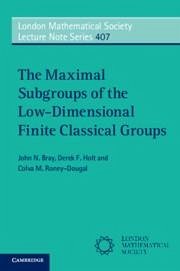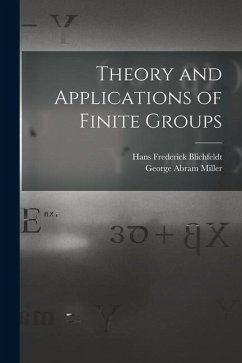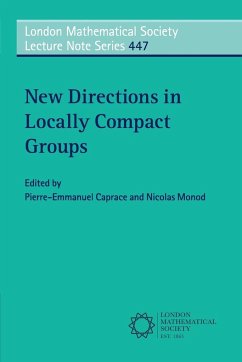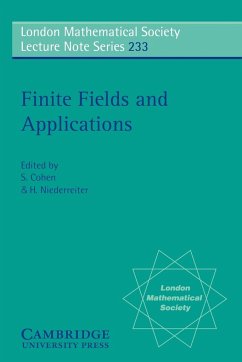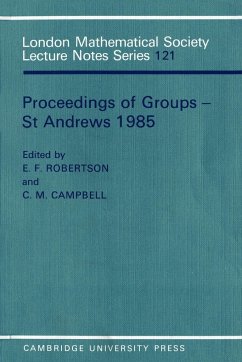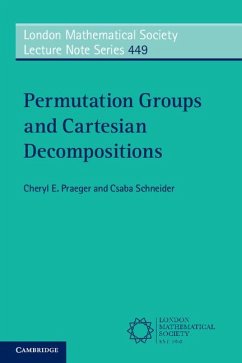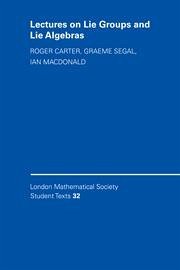
Finite Groups and Finite Geometries
Versandkostenfrei!
Versandfertig in 1-2 Wochen
62,99 €
inkl. MwSt.

PAYBACK Punkte
31 °P sammeln!
The purpose of this 1982 book is to present an introduction to developments which had taken place in finite group theory related to finite geometries. This book is practically self-contained and readers are assumed to have only an elementary knowledge of linear algebra. Among other things, complete descriptions of the following theorems are given in this book; the nilpotency of Frobneius kernels, Galois and Burnside theorems on permutation groups of prime degree, the Omstrom-Wagner theorem on projective planes, and the O'Nan and Ito theorems on characterizations of projective special linear gr...
The purpose of this 1982 book is to present an introduction to developments which had taken place in finite group theory related to finite geometries. This book is practically self-contained and readers are assumed to have only an elementary knowledge of linear algebra. Among other things, complete descriptions of the following theorems are given in this book; the nilpotency of Frobneius kernels, Galois and Burnside theorems on permutation groups of prime degree, the Omstrom-Wagner theorem on projective planes, and the O'Nan and Ito theorems on characterizations of projective special linear groups. Graduate students and professionals in pure mathematics will continue to find this account of value.






